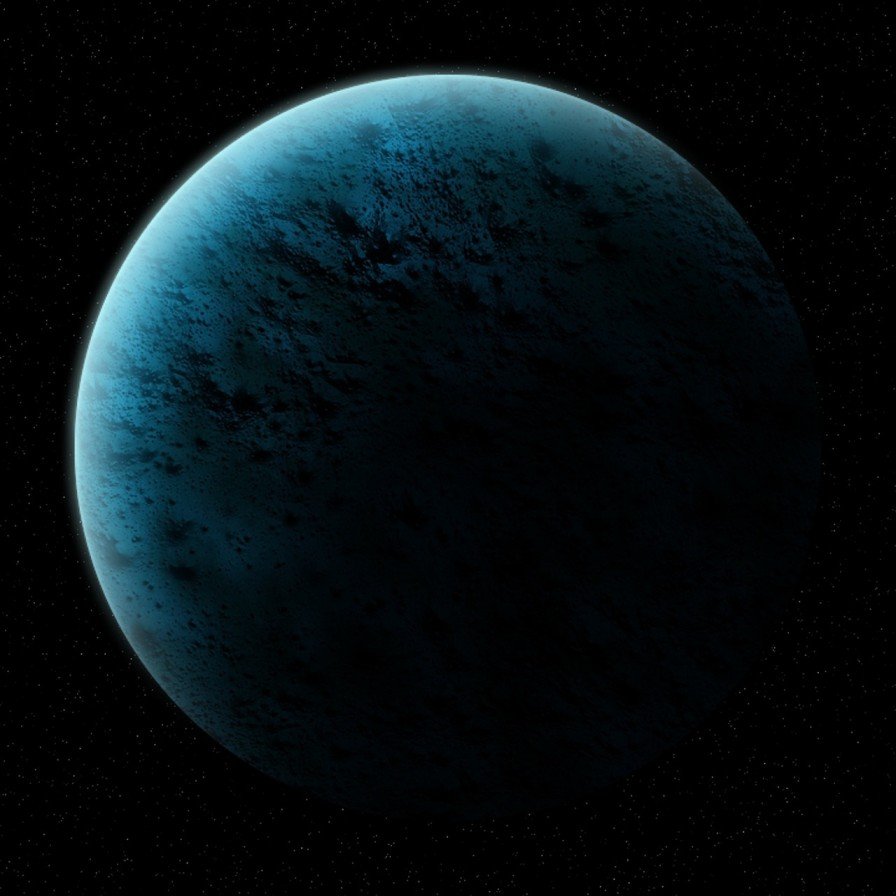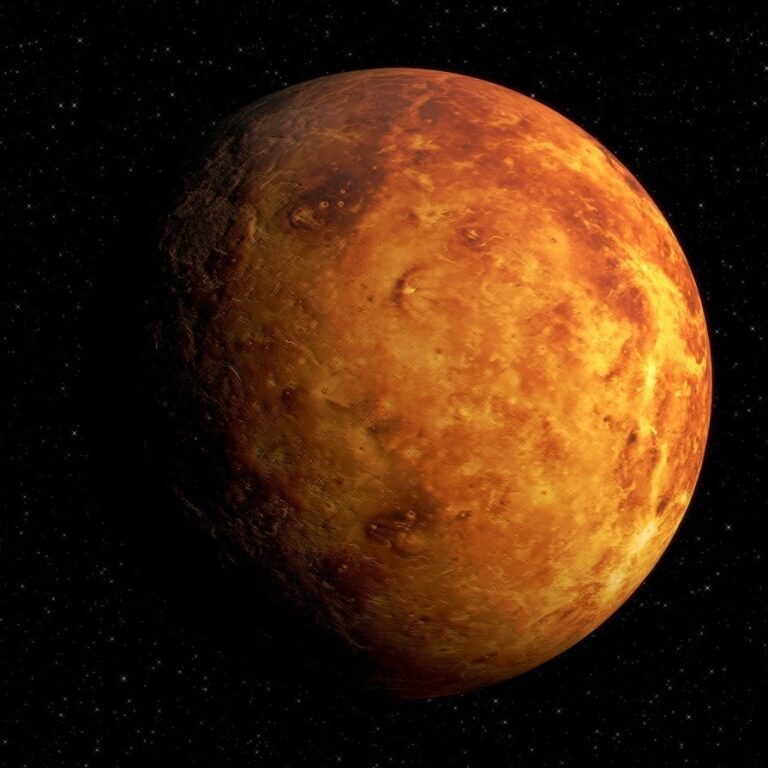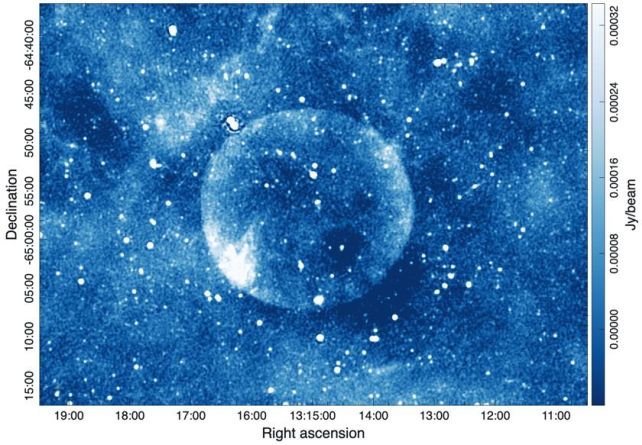This Fantastic Hot Alien Planet Mystery Is Solved By JWST
James Webb Space Telescope provided a clear view of the atmosphere of this hot alien planet, known as TOI-421b, and this fantastic hot alien planet mystery is solved by JWST as TOI-421b is a hot, sweltering planet almost 2.5 times larger than Earth, revealing a hydrogen-rich and that is free of typical hazes.
Scientists around the world are intrigued by the Atmosphere of TOI-421b and This hot alien planet challenges our previous assumptions about our sub-Neptune exoplanets and raises multiple questions like star type, may influence planetary atmosphere.
Table of Contents
Look At How This Fantastic Hot Alien Planet Mystery Is Solved By JWST
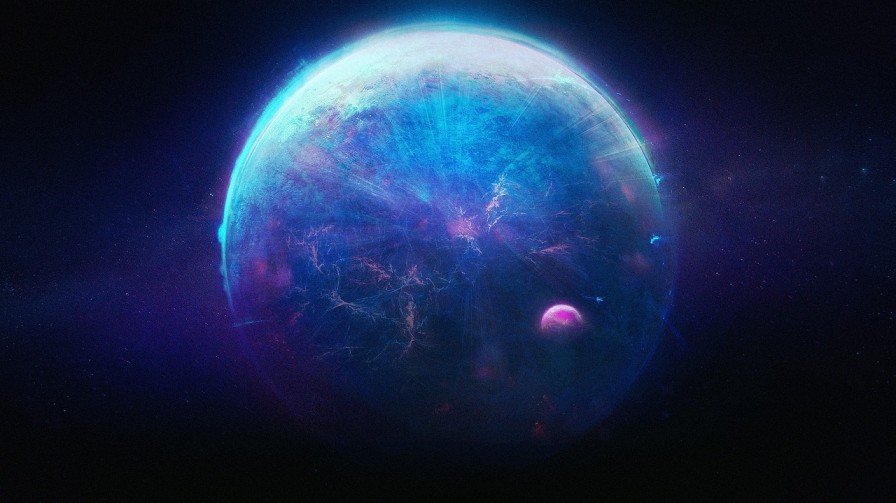
TOI-421b is an amazing planet, especially for scientists as they are intrigued by its atmosphere, and using transmission spectroscopy in the TOI-421b’s atmosphere, scientists discovered hydrogen and water vapor with added hints of carbon monoxide and sulfur dioxide but no carbon dioxide and methane and this suggests lightweight jacket of hydrogen and helium.
A hot planet revolving around a star, something like our sun, is delivering clarity that scientists rarely find when studying distant worlds.
By the collaboration of NASA and European and Canadian counterparts, by using the James Webb Space Telescope (JWST), the team tried studying by zooming in on the planet, which is 245 light years away from Earth and 2.5 times larger than Earth.
This exoplanet is free of the typical hazes and is free from clouds, missing clouds that have now obscured views of surrounding planets that are particularly in its size class.
This planet, TOI-421b, makes itself stand out from other so-called sub-Neptunes (these are planets that are smaller than Neptune but larger than our Earth).
Scientists know only a little about them, because it’s difficult to study the atmosphere of these planets as of today, and yet they are considered to be the most common in the Milky Way galaxy.
It raises the importance that if these are one of the most common types of planets, then we need to make sure what they are about, and also, there are plentiful planets like this in our galaxy, said by Astronomer “Kempton”.
You can also read about this exoplanet: Scientists studied amazing life possibly existing on this planet.
The team focused on transmission spectroscopy, and it’s a method that’s used to read the atmosphere of a planet, and we got the clearest possible image of this planet’s atmosphere and all thanks to the James Webb Space Telescope (JWST).
Starlight shines on these planets’ atmosphere when they pass or cross in front of their star and the molecules present in the atmosphere absorb light wavelengths or colors and next it splits the star’s light into basic parts (a rainbow) and scientists can later focus on what’s missing to know more about the atmosphere in details.
There was no evidence of thick aerosol layers that were seen in other sub-Neptunes, and this happened when scientists were trying to look into this planet’s atmosphere and even found water vapor on it and a hydrogen-rich atmosphere.
The team needs time to confirm the detections, but they also got hints of carbon monoxide and sulfur dioxide and absence of carbon dioxide and methane and the findings are published in Astrophysical journal times.
Scientists chose to study this hot alien planet’s atmosphere because of its haze-free atmosphere with high temperatures of 1340 Degrees Fahrenheit.
Previous cooler sub-Neptunes showed signs of methane orbits around dimmer stars called red dwarfs.
The thing is, methane tends to break down in high heat, and this leads to the inability to start the chemical process, which is why there’s no haze and the planet’s atmosphere is actually lightweight and is jackets up of hydrogen and helium similar to it’s star.
Scientists do wonder whether the planet held into another molecular outfit it was born with billions of years ago.
Mysteries Of the Universe & Our Research Of Exoplanets
Today, studying about exoplanets is crucial, but what is exciting is to study about the origin and makeup of sub-Neptunes like this planet that’s 244 light years away from Earth.
This telescope, called the James Webb Space Telescope, is amazing as it is helping us to reveal the true secrets of our universe, and nowadays, we are discovering many exoplanets that are far away from Earth, and this process also debunks the mystery of the Big Bang.
Well, searching more about our observable universe and solving every questions we have is crucial for our future as we must know who are we, where are weand where can we live or go.
There are numerous mysteries that revolve around our surroundings. We still haven’t even known the 100% secrets of Earth, but we still search for things within and beyond our solar system.
Exoplanets are crucial for us to discover how the universe is growing and expanding and this can even help us to know whether other forms of life exists in the universe or not and from that we mean Aliens.
For example, this hot alien planet mystery is solved by JWST, and we have some possible signs and potential to further look into such planets and know whether there are more life forms present beyond our Earth or not, or whether they can be our 2nd home or not.
TOI-421b is an amazing planet, and such discoveries let us realize and even analyze how our scientists are going to continue their research, and let us know the future potential of our space industry. These research and discoveries are crucial in today’s changing world, and we are proud of all the scientists and researchers living all around Earth and providing us with relevant information.
Conclusion
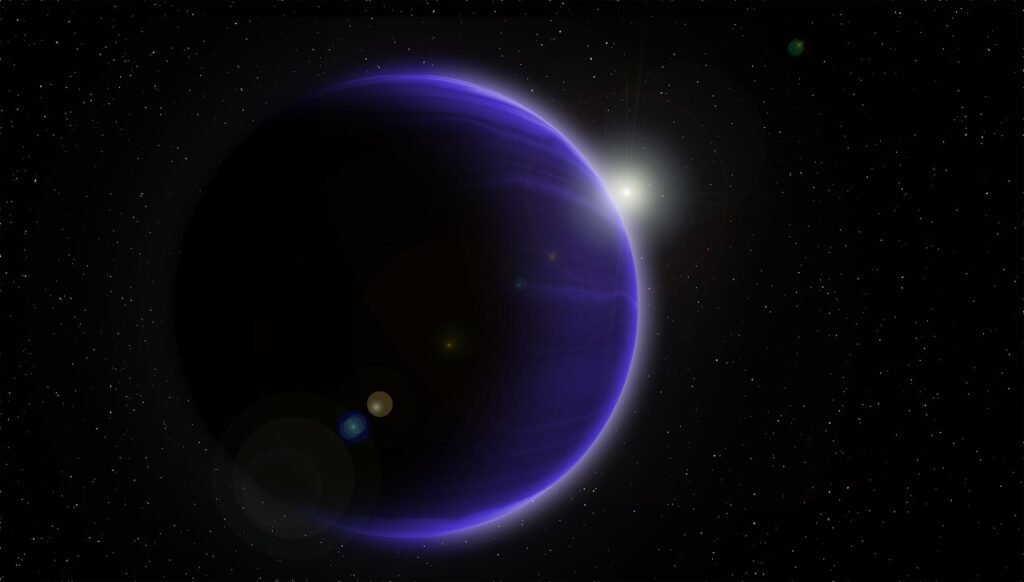
Scientists are trying their best every day to unfold the mysteries of our universe, and studying these planets can help us understand how and where we are progressing for our future.
Perhaps the type of star a planet orbits reflects the changes and type of atmosphere the planet will have, or it’s possible that hotter planets might have much clearer skies.

